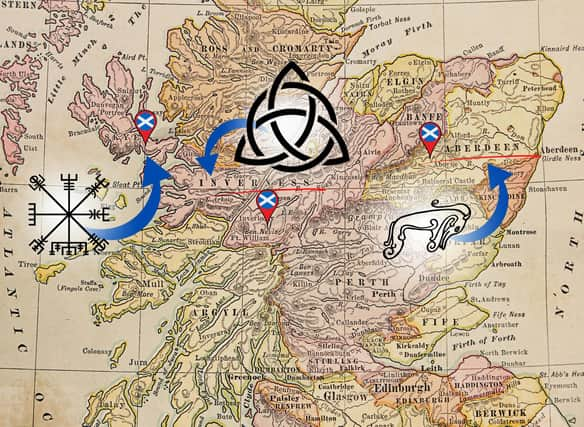Scottish place names are fascinating to say the least, from Ecclefechan in the lowlands to Achluachrach in the Highlands, these locations are difficult to pronounce even for locals, but do you know why?
Aside from Scottish Gaelic and the Scots tongue, Scotland’s history has been decorated with a variety of Celtic and Nordic languages (like Pictish and Old Norse) that have given birth to many intriguing locations with uniquely meaningful names.
To discover the heritage of these names there are clues you can look out for e.g., if you’ve travelled through Scotland and noticed signs mentioning Inver (like Inverness) then you’ve likely encountered a place name that is Gaelic in origin according to BBC Education Scotland, but what about the other languages?
Here are 13 fascinating Scottish place names, what they mean and how to determine if they’re of Gaelic, Pictish or Nordic descent.
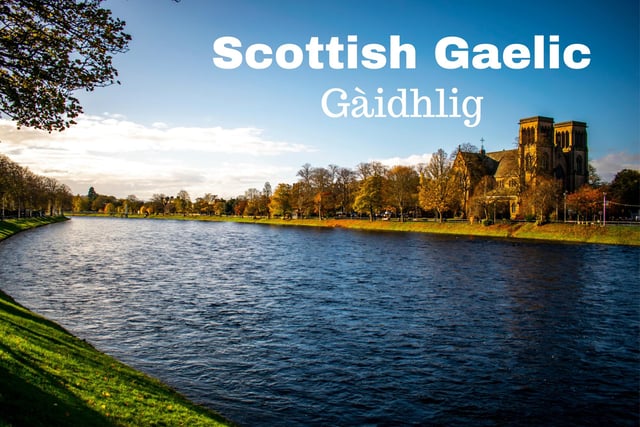
1. Inverness
Inverness is the historical capital of the Scottish Highlands and its name is derived from the Scottish Gaelic ‘Inbhir Nis’ which translates to ‘Mouth of the River Ness’. The term ‘inver’ in a Scottish place name refers to a ‘confluence of waters’ or ‘river mouth’. Photo: CIPhotos via Canva Pro
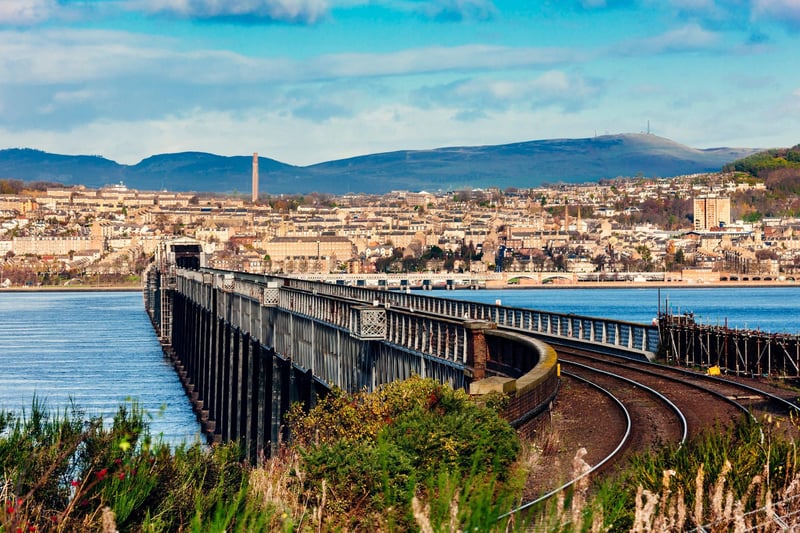
2. Dundee
The Gaelic origin of the location, Dùn Dè, reportedly translates to ‘the fort of God’. The term ‘dun’ refers to a fortress or a castle, this is very common across Scottish locations like Dunkeld or even Edinburgh (which goes by “Dùn Èideann” in Scottish Gaelic!) Photo: lucentius via Canva Pro
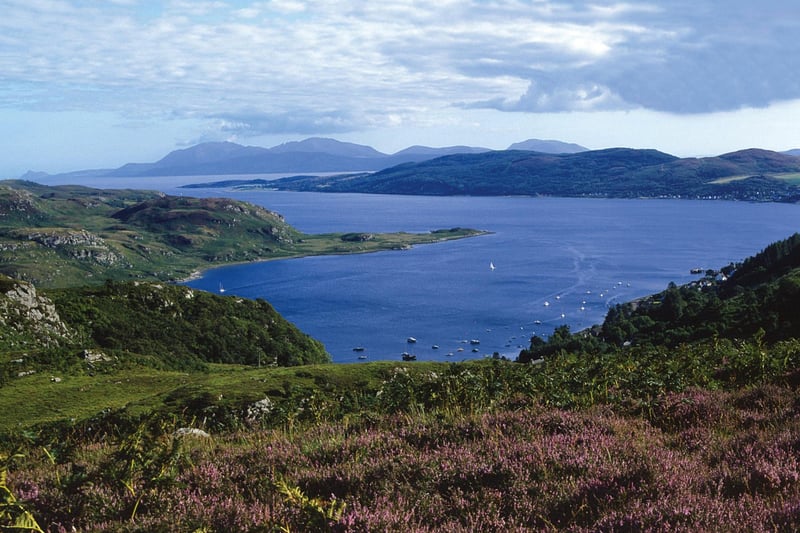
3. Tighnabruaich
Tighnabruaich is an English adaptation of the Gaelic ‘Taigh na Bruaich’ which means ‘the house on the hill’ - an appropriate title given the steep hills rising above the shoreline in this area. The term ‘tigh’ means ‘house’ and this can be found in other landmarks like Tyndrum which means ‘the house on the ridge’. Photo: DEREKMcDOUGALL via Canva Pro
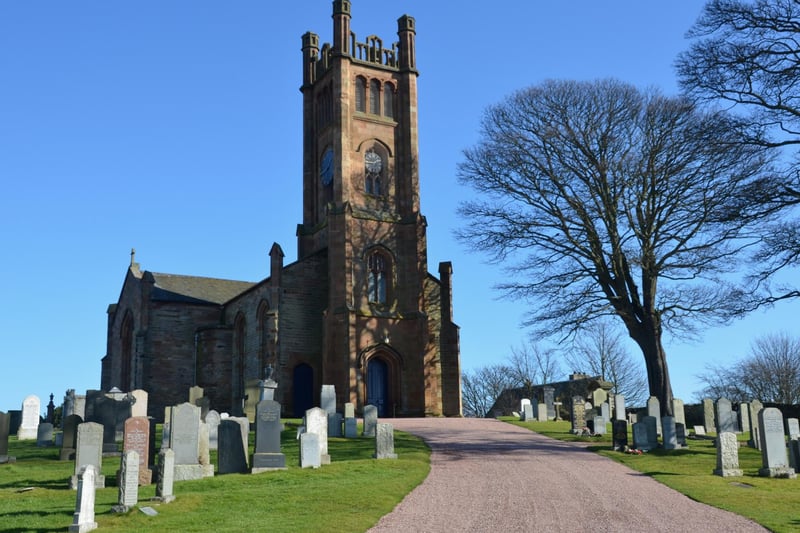
4. Kilconquhar
The name of this village is said to originate from the Gaelic word ‘cill’ (pronounced “keel”) which means ‘church’. The full title is ‘Cill Dúnchad’ which is thought to represent Saint Duncan or ‘Donnchad’, an abbot of Iona, who passed away in 717. Photo: alanfin via Canva Pro
